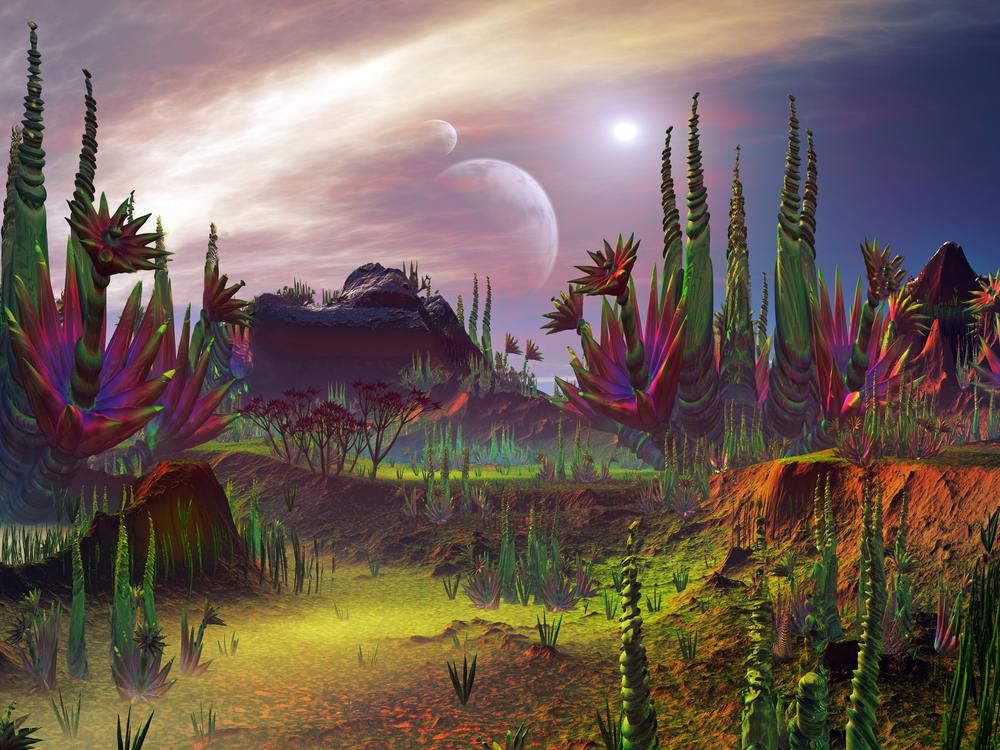There has been a lot of excitement regarding the news NASA spread to the world earlier this week. With the discovery of seven new exoplanets, which share similarities to our own planet, things are looking quite hopeful for alien life. It remains unclear if we’ll ever find intelligent life on other planets, but the new discovery seems to check a lot of the right boxes.
TRAPPIST-1 Is A Discovery of Hope
In May of 2016, scientists announced they had discovered three planets in the TRAPPIST-1 system. Further research indicated there are a total of several planets, although it is possible there are others we have yet to identify. All planets were carefully examined, giving us an indication of their asses and sizes. Six out of seven planets have been officially given a mass and size, whereas data for the seventh is still being calculated as we speak.
What is rather intriguing is how all of the planets seem to share a rocky surface. It is difficult to determine than from this distance, as the system is close to 40 light years away from Earth. Then again, it is still close to our home planet, all things considered. Do keep in mind, none of these planets are found within our solar system, hence the term exoplanets. Travelling to these new locations will be impossible for quite some time to come, yet it gives scientists another destination to add to their bucket list.
For the time being, it remains unclear if any of the planets contain liquid water on the surface. It is possible this is the case for at least four out of seven planets, albeit further observation will provide more valuable insights regarding this matter. All seven planets are Earth-sized, orbiting a star classified as an ultra-cool dwarf. This star makes it possible for liquid water to survive on planets in close orbit.
One thing that stands out is how all of these seven planets are in rather close proximity to one another. In fact, they are bunched closer together than the planets found in our solar system. Standing on the surface of one of these planets would allow one to see specific geological features from a neighboring planet. Quite an intriguing concept that makes exploring these planets all the more important.
Finding out more specifics about these exoplanets will be a task for the world’s most powerful telescopes. Spitzer, Hubble, and Kepler will all help in this process. More importantly, they will be aided by the James Webb Space Telescope, which will launch in 2018. This latter telescope offers great sensitivity, allowing it to detect hints of water, oxygen, ozone, and quite a few other elements found in our atmosphere. Moreover, Webb is capable of analyzing planet’s temperatures and surface pressures.
Anyone will agree the discovery of these seven exoplanets is an important milestone in our species’ history. While we may have not [yet] found intelligent life beyond our own planet, it appears it is only a matter of time until we do. For now, the search continues, as we try to learn more about our own planet, as well as those who resemble it closely.
If you liked this article, follow us on Twitter @themerklenews and make sure to subscribe to our newsletter to receive the latest bitcoin, cryptocurrency, and technology news.

